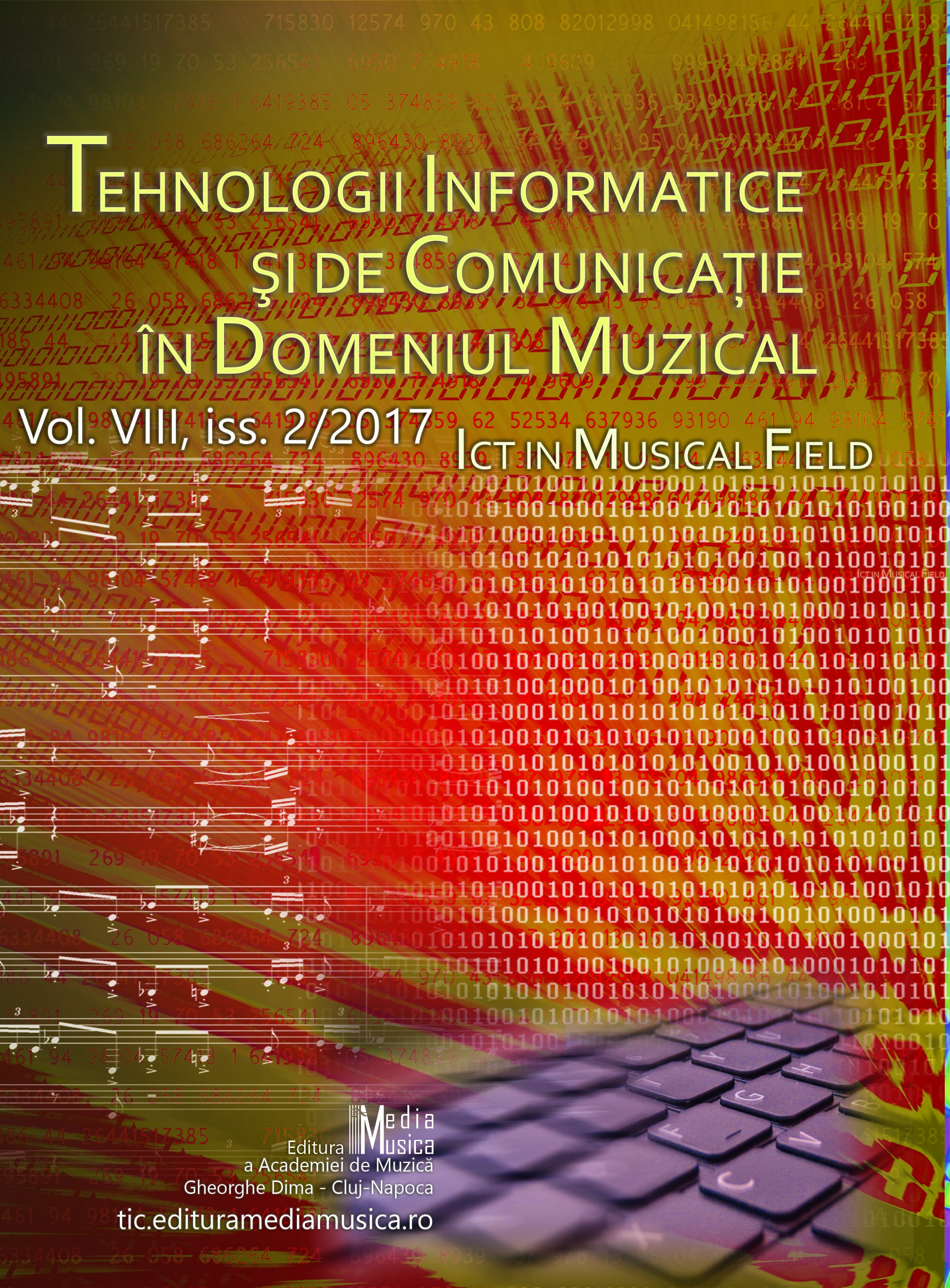Tehnologie pentru învățare și creativitate
Technology for Learning and Creativity
Author(s): CARRASCOSA MARTÍNEZ ElizabethSubject(s): Education, Music
Published by: MediaMusica
Keywords: European projects; Erasmus+; collaborative music creation; technology and creativity; mobile devices; Soundcool.
Summary/Abstract: This research has been carried out based on a European Erasmus + project entitled: “Technology for learning and creativity: weaving European networks through collaborative music creation”. This strategic partnership, which developed over a duration of two years, involved seven organizations in the field of education and culture from Spain, Portugal, Italy, and Romania (primary, secondary and music schools). This project emerged from the institutions’ vision to use arts education and especially music education to incorporate new methodologies in the classroom in order to enhance the development of students’ skills needed for the twenty first century society such as creativity, digital literacy, cultural and linguistic competence and cooperative work. The main objectives of the project were: 1) To develop key and transversal skills among approximately 3000 students (6-16 years old) from different countries and socioeconomic backgrounds through interdisciplinary activities and collaborative music and video creation using new technologies. 2) To strengthen the profile of education professionals to implement new pedagogical approaches focused on the students in their classrooms. 3) To contribute to the development, transfer and dissemination of innovative pedagogical approaches and practices in music education at European level. The activities of the project included: teacher training courses to help teachers implement new pedagogical approaches; performing arts projects, based in different topics, using the “Soundcool” system, with tablets, smartphones and Kinect. Students and organizations in Spain, Italy, Portugal and Romania developed all the activities. In our research, which was developed along the project, researchers tried to understand how educational practices were transformed by the use of this new system.
Journal: Tehnologii informatice şi de comunicaţii în domeniul muzical
- Issue Year: VIII/2017
- Issue No: 2
- Page Range: 07-13
- Page Count: 7
- Language: English, Romanian

